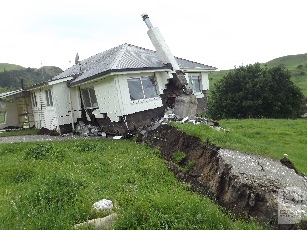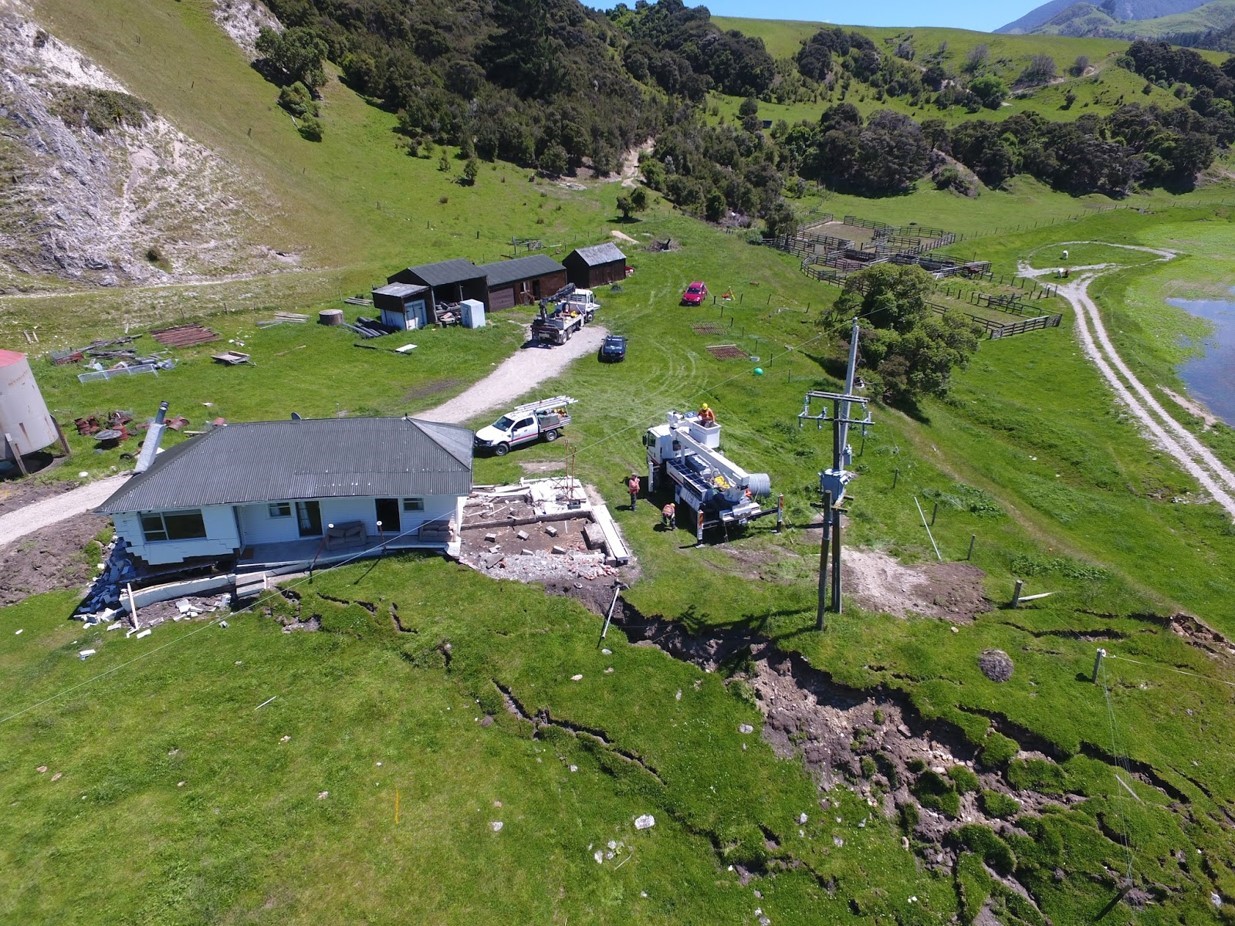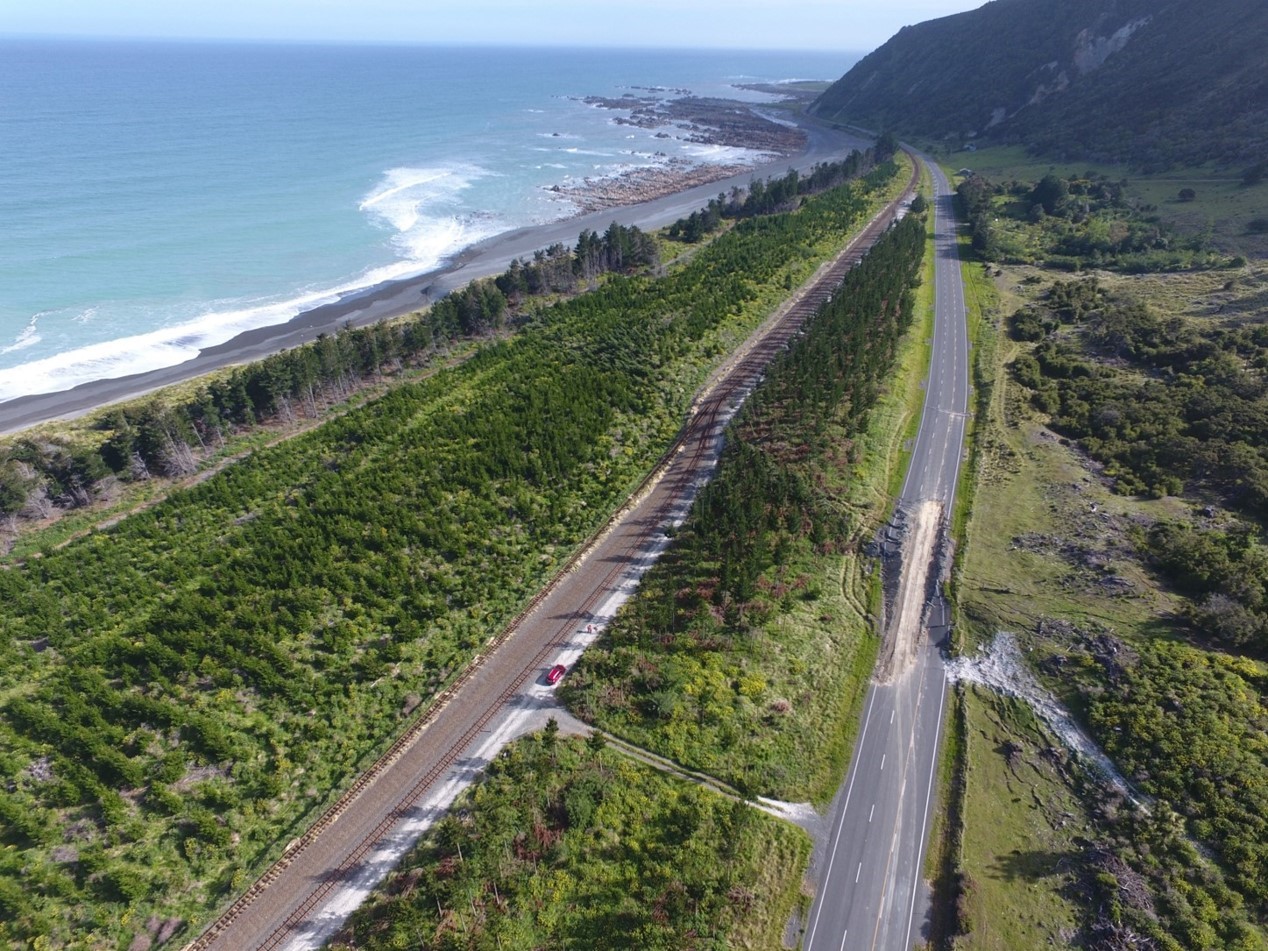Earthquake Hazards: Surface Fault Rupture
A fault rupture is a slip and resulting displacement along a fault. When that rupture extends to the earth’s surface, where we can see it, it’s called a surface rupture. These surface fault ruptures can be vertical or horizontal, and can happen in a small location or extend over a larger area. In many earthquake hazards, surface fault ruptures are identified as ground displacement.
Not all earthquakes will produce surface ruptures.
The biggest problem with surface ruptures is when a building or other structure is over the rupture. California passed the Alquist-Priolo Earthquake Fault Zoning Act in 1972 to mitigate surface ruptures. The Act prevents the construction of human-occupied buildings on the surface of active faults.
Outside of California, many other earthquake hazard locations don’t have statutes regulating development on faults with surface rupture potential. The main reason for the lack of regulations is usually a lack of historical evidence of earthquakes rupturing the surface. But, if you are planning to build, it may be a good idea to make sure you’re not building on an active fault, just in case
Some of the best examples of surface ruptures I've seen are from the November 14, 2016 magnitude 7.8 earthquake in Kaikoura, New Zealand. From the website for the Geological hazard information for New Zealand, here are some images from that quake.
Some information a little more specific to the U.S. Pacific Northwest




Comments
Post a Comment